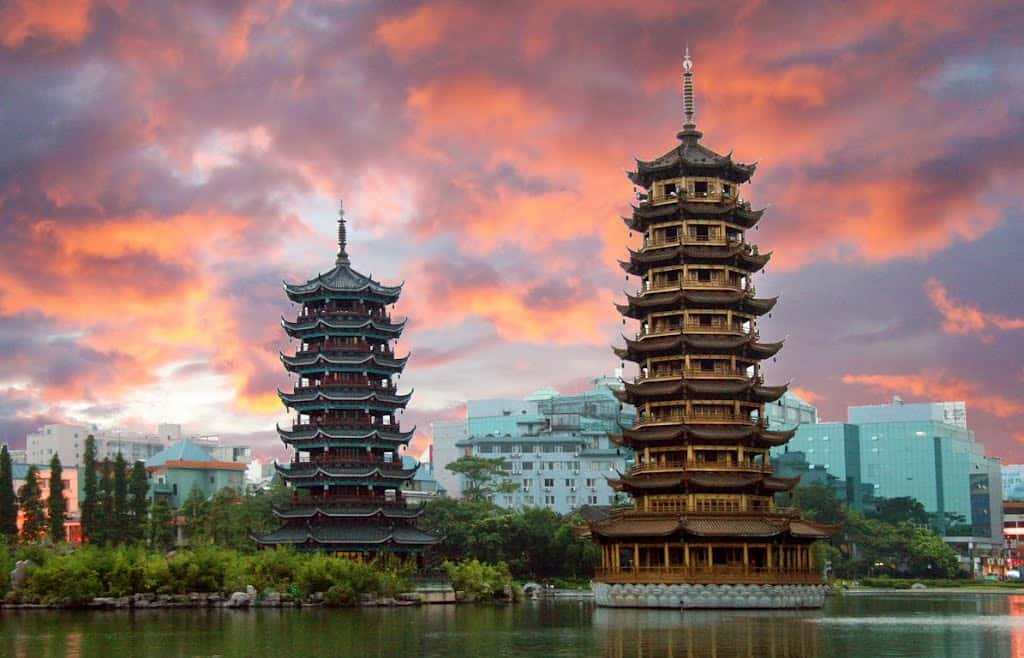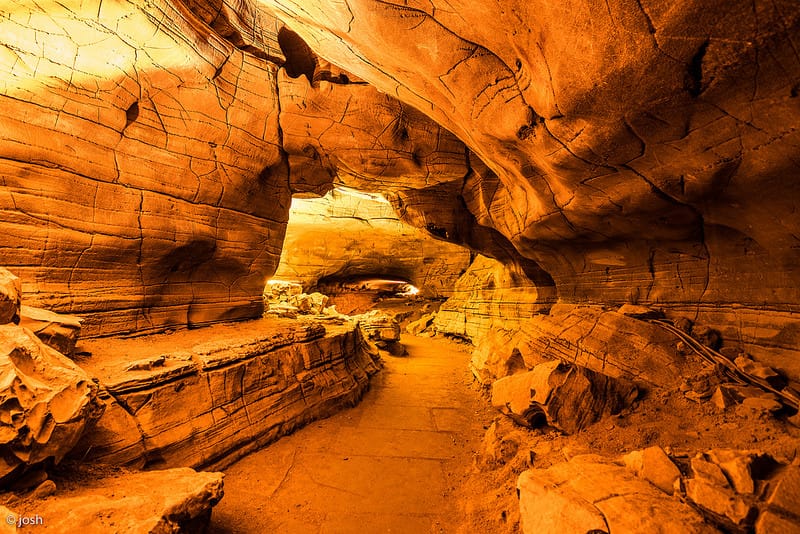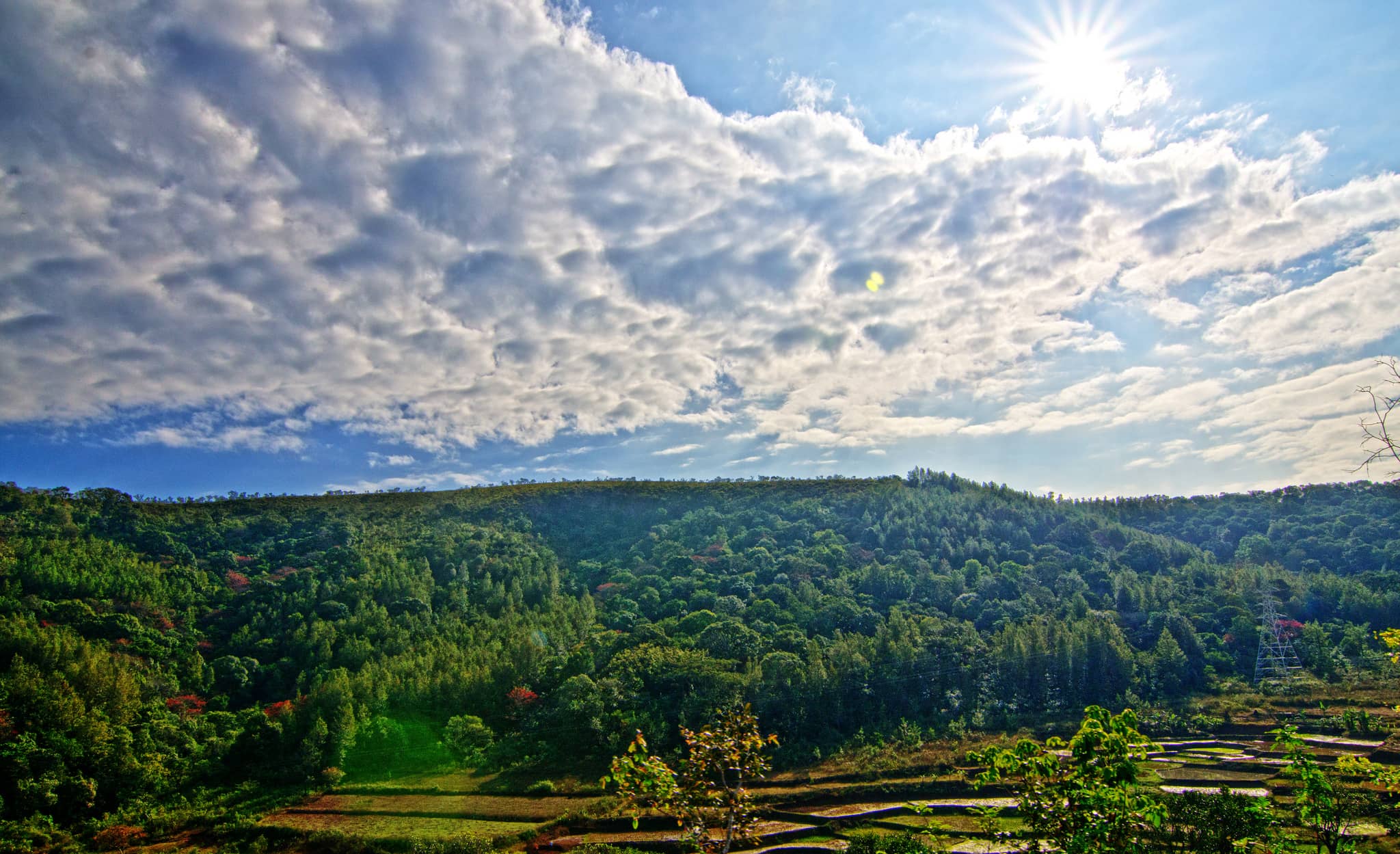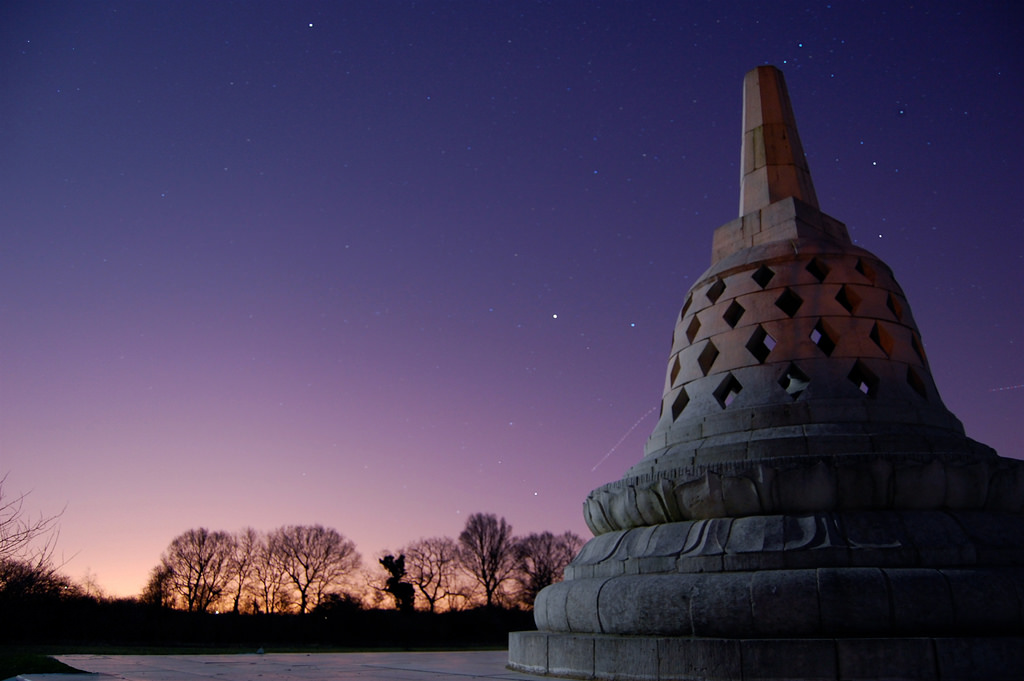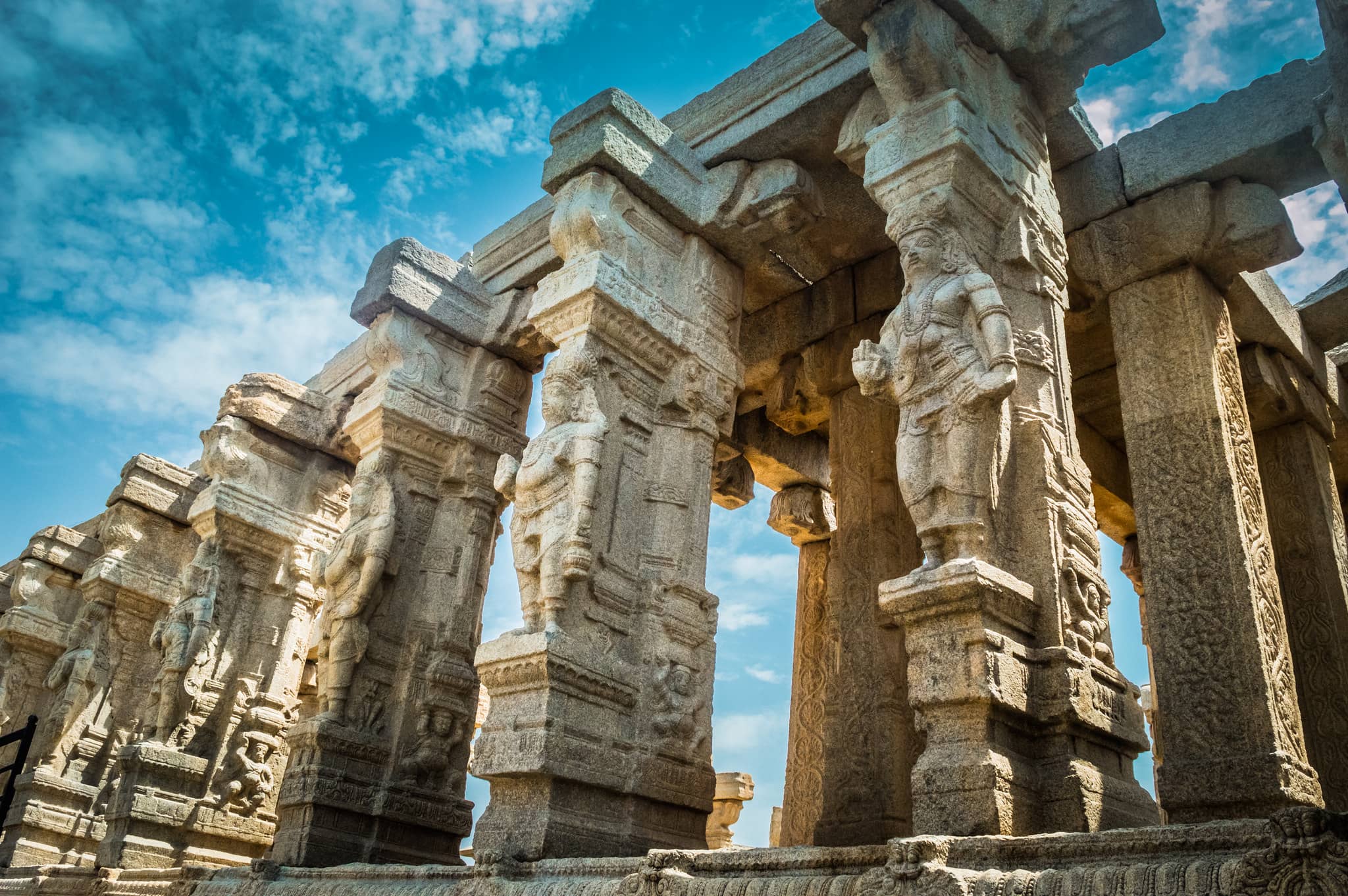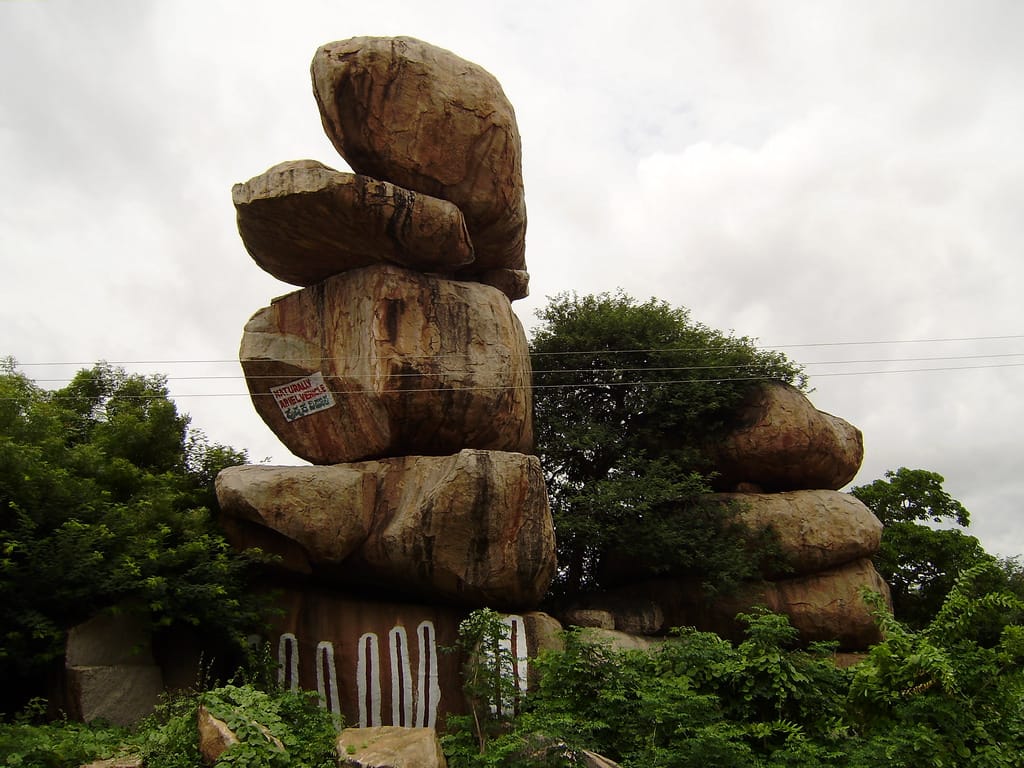Xi’an is a big city in central China and the capital of Shaanxi Province. It used to be called Chang’an, which means “Eternal Peace.” This city was once the starting point of the ancient Silk Road and served as the capital for several important Chinese dynasties, including the Zhou, Qin, Han, and Tang.
One of the most famous attractions near Xi’an is the Terracotta Army, a huge collection of life-size clay soldiers made to guard the tomb of China’s first emperor, Qin Shi Huang. These statues were buried over 2,000 years ago and are now one of China’s most popular historical sites.
In the heart of the city stands the Ancient City Wall, which is 12 meters high and surrounds the old part of Xi’an. Another well-known landmark is the Big Wild Goose Pagoda, a tall Buddhist temple built during the Tang Dynasty.
The Muslim Quarter is a lively area filled with narrow streets, food stalls, and shops selling local snacks and souvenirs. This area is also home to the Great Mosque, a large mosque with traditional Chinese architecture, built in the year 742.
Xi’an also has the Forest of Stelae Museum, which houses many stone tablets with old writings, including important texts from Confucian teachings. Just outside the city is Han Yang Ling, the tomb of Emperor Jingdi. This site features clay figures of soldiers, servants, and animals that were buried with the emperor to serve him in the afterlife.
places to visit in Xi’an
Terracotta Army
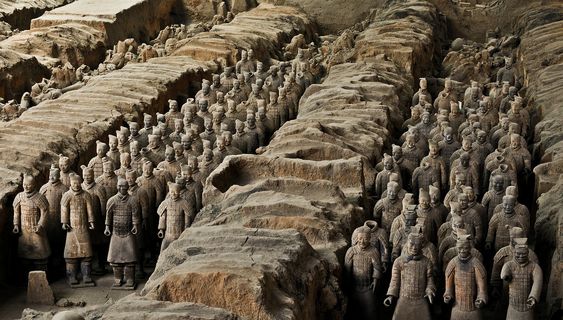
The Terracotta Army is a group of life-sized clay soldiers made over 2,000 years ago. They were buried with China’s first emperor, Qin Shi Huang, to guard him in the afterlife. The figures include warriors, horses, and chariots. This site is one of the most famous archaeological discoveries in China. It gives a glimpse into ancient Chinese military and burial customs.
Giant Wild Goose Pagoda

The Giant Wild Goose Pagoda is a tall Buddhist tower in southern Xi’an. It was built in the year 652 during the Tang Dynasty. At first, it had five stories, but it was later expanded. The pagoda was used to store Buddhist scriptures brought from India. Today, it’s a major symbol of ancient Chinese culture.
Fortifications of Xi’an (City Wall)

The Xi’an City Wall is one of the oldest and best-preserved city walls in China. It was built for protection during the Ming Dynasty under Emperor Zhu Yuanzhang. The wall surrounds the old part of the city. It is very wide and tall, with gates, towers, and walkways. Visitors can walk or bike along the top for city views.
Famen Temple

Famen Temple is a famous Buddhist temple located west of Xi’an. It was once called the “ancestor of pagoda temples” in the region. The temple is known for holding a sacred relic of the Buddha. It has been rebuilt many times over the centuries. Today, it combines ancient structures with modern buildings.
Bell Tower of Xi’an

The Bell Tower in Xi’an was built in 1384 during the Ming Dynasty. It stands in the center of the city and is one of Xi’an’s key landmarks. The tower once rang out the time using large bronze bells. It has a square base and traditional Chinese roof design. Today, it’s a popular tourist attraction.
Drum Tower of Xi’an

The Drum Tower was built in 1380 and sits near the Bell Tower in central Xi’an. It was used to signal the time by beating drums, especially at night. The tower offers a great view of the city from the top. Inside, it holds large drums and drum performances are held regularly. It’s an important part of Xi’an’s heritage.
Shaanxi History Museum

This museum is near the Giant Wild Goose Pagoda in Xi’an. It has a large collection of items from different periods in Chinese history. Artifacts include pottery, jade, paintings, and bronze pieces. The museum shows the rich history of Shaanxi Province. It’s one of China’s best-known historical museums.
Banpo Museum
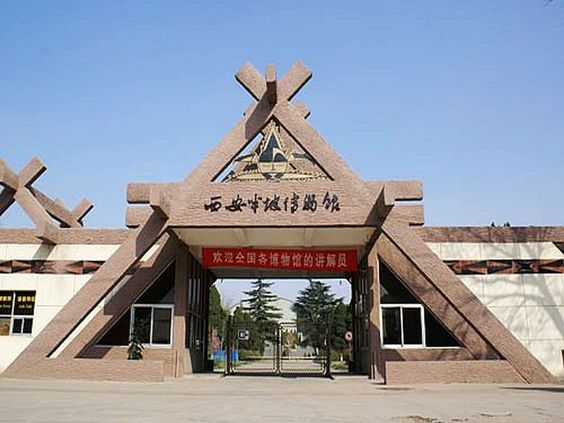
The Banpo site is an ancient village from over 6,000 years ago, found near Xi’an. The museum shows how people lived during the Neolithic era. You can see houses, tools, pottery, and burial sites. It gives insight into early human life in China. The site is one of the oldest of its kind in East Asia.
Mount Taibai
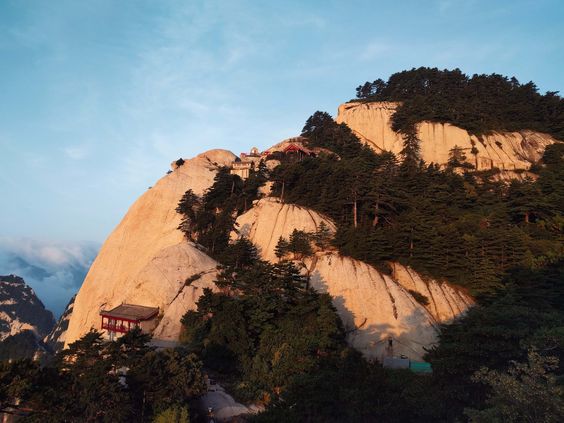
Mount Taibai is the tallest mountain in the Qinling range, reaching 3,750 meters. It lies on the border of several counties in Shaanxi Province. The peak is called Baxian Tower and offers breathtaking views. It’s known for its natural beauty, rich wildlife, and hiking trails. The mountain is also seen as a sacred place.
Weiyang Palace
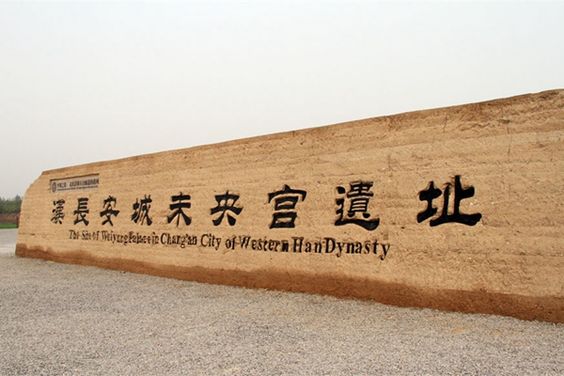
Weiyang Palace was the main royal palace during the Han Dynasty. It was built in 200 BC in the ancient capital of Chang’an (now Xi’an). The palace complex was huge and used for official events and imperial living. It stood for many centuries under different dynasties. Though mostly in ruins today, it remains a key historical site.
Best time to visit Xi’an
The best time to visit Xi’an is during spring or autumn. The weather is nice—not too hot and not too cold. These seasons are perfect for sightseeing and walking around. You can enjoy outdoor places comfortably. Many people find this the most pleasant time to explore the city.
